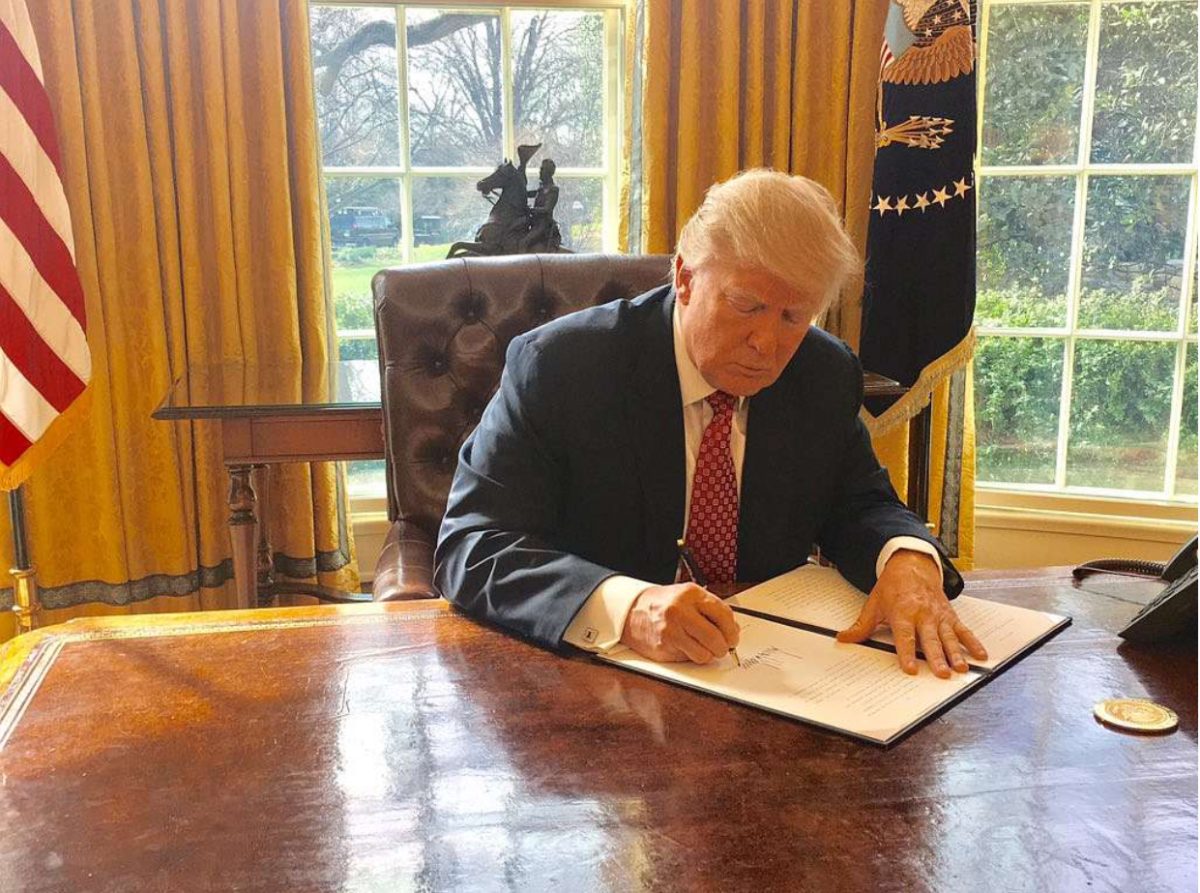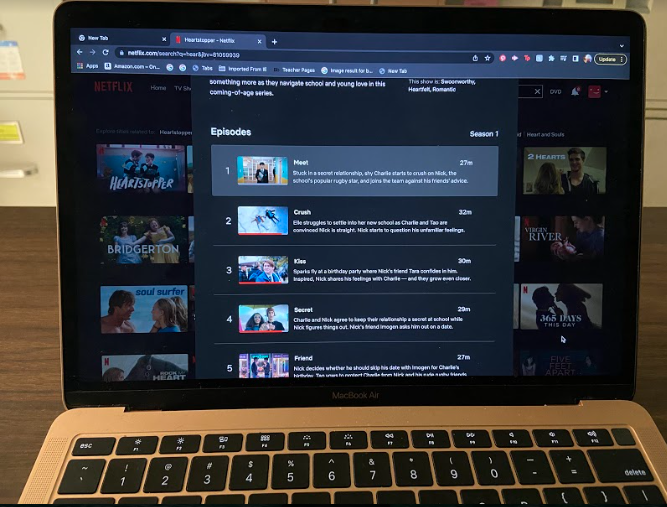Since being inaugurated on Jan. 20, 2025, U.S. President Donald Trump has signed more executive orders than any other president has done this early in their presidential term. Just within his first week as president, Trump signed 36 executive orders. In comparison, when former president Joseph Biden entered his first 100 days of his presidency, he signed 42 executive orders. Numerous of Trump’s executive orders are seen as controversial by the American eye. This article will examine Trump’s seven most controversial executive orders so far from his first seven days in his presidency.
Executive Order to End Birthright Citizenship in the U.S.
Birthright citizenship has been a right since July 9, 1868, which allows any child that was born in the U.S.—despite their parents being undocumented—to obtain citizenship. The right has been adopted in the Fourteenth Amendment of the Constitution and no president can change such a right. Therefore, it is unclear how Trump plans to carry out his executive order as it will most likely be challenged in court for being unconstitutional. More than 30 countries restrict birthright citizenship already, and Trump plans to follow their footsteps.
Executive Order to Recognize Two Sexes: Male and Female
The executive order defines “sex” strictly based on biological characteristics at birth, specifying male and female as the only recognized categories. The order mandates that federal agencies are instructed to revise existing policies, data collection methods and programs to align with this binary definition of sex. The order now affects the interpretation and enforcement of anti-discrimination laws, particularly Title IX, which prohibits sex-based discrimination in education.
Legal challenges are anticipated as approximately 5% of adults aged 18-29, 1.6% of U.S. adults aged 30-49, and 0.3% of adults aged 50 and older identify as transgender or non-binary. This means that their gender differs from their sex assigned at birth (pewresearch.org)
Executive Order to Open the Alaska Wilderness to More Oil and Gas Drilling
President Trump has reversed the restrictions on oil and gas drilling in Alaska that has been put in place by the Biden administration. This order removes any limits on drilling in the Arctic Ocean, the National Petroleum Reserve-Alaska and the Arctic National Wildlife Refuge. After 40 years, Trump was the first president to open ANWR for drilling back in 2017 with the Tax Cuts and Jobs Act.
“The [Arctic] Refuge’s rich pageant of wildlife includes 42 fish species, 37 land mammals, eight marine mammals, and more than 200 migratory and resident bird species,” Environmental Science teacher Zachary Rittner told The Fanscotian. “All of these species would be impacted directly and indirectly by drilling through habitat loss, habitat fragmentation and additional stress from chemical and noise pollution.”
This executive order is expected to face legal challenges as similar efforts in his first term were blocked by the courts due to existing Constitutional laws governing offshore drilling rights, according to phys.org.
“The Trump administration has already rolled back over one hundred environmental protections, [according to] Popovich, Albeck-Ripka and Pierre-Louis, 2021,” Rittner said. “He indicated that they want to continue that effort in the current administration with more rollbacks and the removal of climate change from government websites, [according to] PBS, 2025.”
Executive Order to Withdraw from the World Health Organization
On Jan. 20, 2025, President Trump signed the executive order to withdraw the U.S. from the World Health Organization (WHO) committee within the United Nations. This is Trump’s second attempt to exit the WHO, following a similar action during his first presidential term.
Health experts state that this withdrawal has significant implications for the global health initiatives, as the U.S. has historically been a major contributor to the WHO. Critics argue that this decision could hinder international efforts to combat diseases manage health crises (AP News)
Executive Order to Rename Mount Denali and the Gulf of Mexico
Trump has decided to rename two of America’s significant geographical features, Mount Denali and the Gulf of Mexico. Many wonder why Trump deemed this action necessary, especially considering that the Gulf of Mexico has been called that name since as early as 1672.
Mount Denali, America’s tallest peak, will be renamed to Mount McKinley. This move reverses former President Barack Obama’s order to honor the mountain’s indigenous heritage. The original name of the mountain, Mount McKinley, was in honor of President McKinley.
The Gulf of Mexico is now to be named the Gulf of America. Newly created maps are now required to update the name of the Gulf. This change reflects an effort to emphasize American sovereignty and identity, according to Trump.
Executive Order to Terminate Diversity, Equity and Inclusion Programs Across the Federal Government
All executive departments and federal agencies are now mandated to terminate any programs, preferences or policies related to Diversity, Equity and Inclusion (DEI) in hiring, education and other government functions. Following the order, numerous federal employees associated with DEI roles were placed on administrative leave pending further action. Institutions like the U.S. Military Academy were instructed to disband student organizations focused on specific demographics, such as racial minorities, women and LGBTQ+ individuals.
Executive Order to Bar Asylum for People Newly Arriving at the Southern Border
President Trump declared a national emergency at the southern border of the United States. He did this in efforts to enhance border security and address illegal immigration. The executive order restricts access to asylum provisions for individuals involved in unauthorized crossings at the southern border. This means that migrants entering the U.S. illegally may be ineligible to apply for Asylum.
So far, Trump has revoked 80 executive orders made by the Biden administration. With his newly issued executive orders, he is planning to change the U.S. legislative focus for the next four years.















